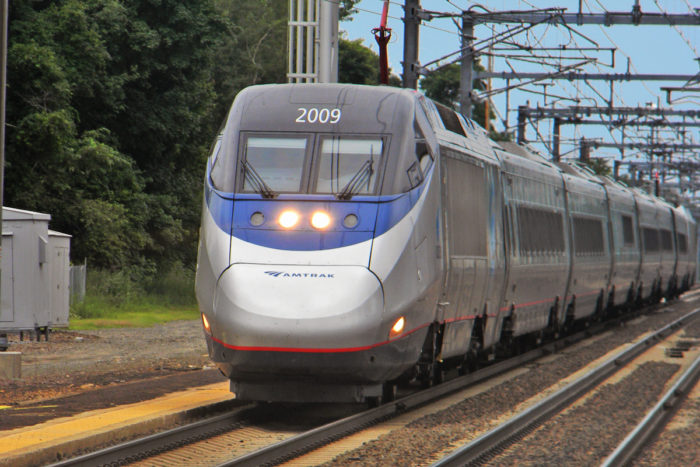Are Long-Distance Trains Really in Danger?
There have been several news stories in the national media recently about how the Trump budget calls for eliminating the federal subsidy for Amtrak. Specifically, the intent behind those proposed cuts is to eliminate Amtrak’s long-distance network.
It really is astonishing to me that so many writers and reporters get it so wrong so often. The ironic twist is that it’s entirely possible the elimination of Amtrak’s federal subsidy would have major unintended consequences, not at all what the amateurs now trying to run the country might think.

A more likely scenario—assuming an end to all financial support for Amtrak from the feds—is that the long-distance trains would continue to operate and, instead, the popular Boston-New York-Washington service on the Northeast Corridor would be the unintended casualty of the Trump budget cuts. And, since several commuter lines use those same tracks and run many more trains every day than Amtrak does, the implications of the NEC hitting a financial wall are huge.
This is a familiar topic on this site, of course. A lot of very smart and very knowledgable people are convinced it’s the Northeast Corridor that’s on shaky ground, not the long-distance trains. They believe if federal money went away, the NEC would be facing massive deficits within a year to eighteen months.
Wouldn’t that cause a stir! Business people, students and commuters, many thousands of them, all howling at once: But … but … but you told us it would be the long-distance trains that stopped operating, not MY train!
Of course, the din would cause senators and House members from all those populous eastern states to howl and federal money would soon be shoveled into the NEC to keep it running for another year or so . . . and then we’d go through the whole thing all over again.
Isn’t that a helluva way to run a railroad? And a country?




